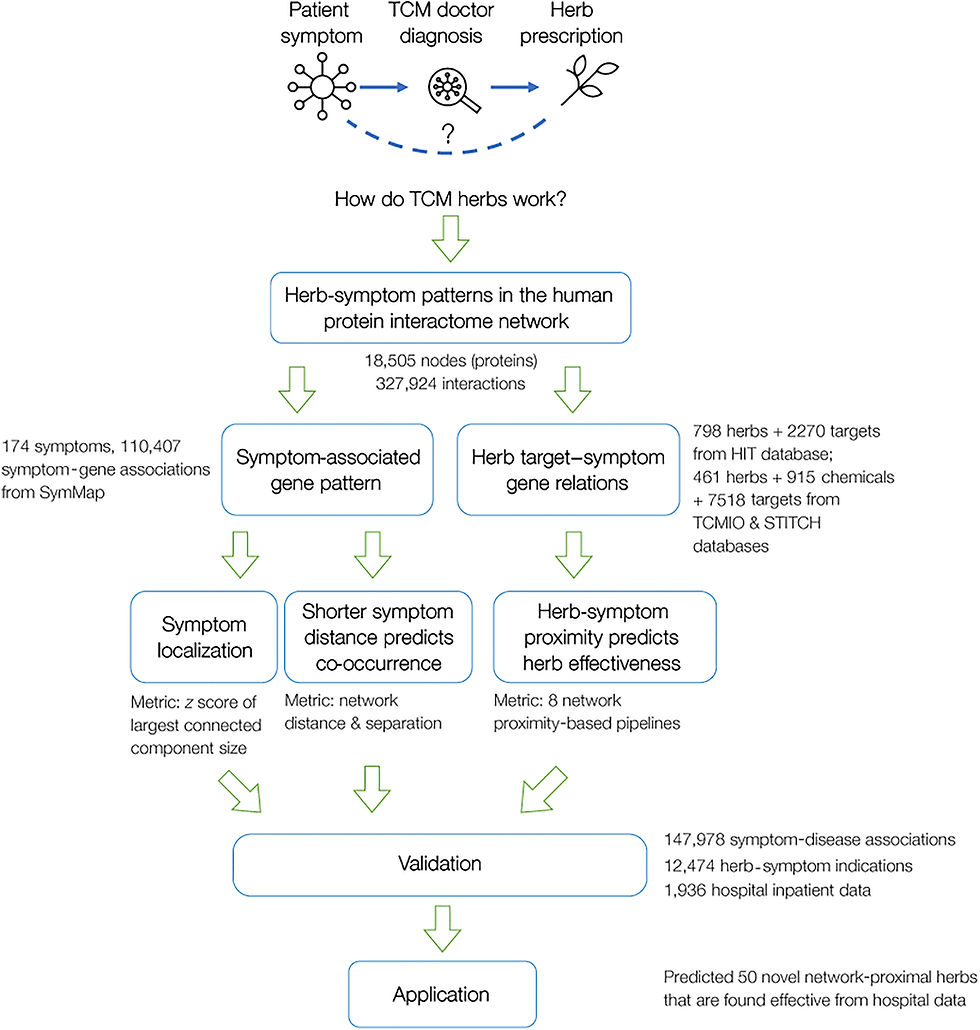Acupuncture reduces body weight by increasing plasma nesfatin-1 level
- zuobiaoyuan
- Jul 17, 2023
- 2 min read

The suggestion that acupuncture, a traditional Chinese treatment, is effective and safe for the treatment of obesity has attracted attention recently. Although the mechanism by which acupuncture helps to reduce obesity is not clear, several studies suggest that it increases the
neural activity associated with the ventromedial nuclei of the hypothalamus, raises the tone of the smooth muscle of the stomach and decreases circulating leptin and insulin levels.
Sixty-four obese adults (33 men and 31 women) were recruited from the outpatient obesity clinic at Qingdao Municipal Hospital. Only patients with a BMI ≥28 and age >18 years were included in the study.
The 64 obese patients were randomly divided into an acupuncture group (n=32) and diet group (n=32). Patients in the diet group were treated with dietary adjustment only, continuously for 45 days, and those in the acupuncture group were treated with acupuncture plus dietary adjustment every day (7 days a week) for 45 days.
Body acupuncture was performed for 30 min. The acupuncture needles were 5 cm long, with a 0.22 mm diameter (Huanqiu Acupuncture Medical Appliance, Suzhou, China). Electrical stimulation was given by a pulse generator (HANS Electrostimulator, Beijing,
China) using 0.05 ms pulse width at 2 Hz frequency at 3 V with bidirectional square waves. Zhongwan (CV12) was connected to Tianshu (ST25) on one side, Guanyuan (CV4) was connected to ST25 on the other side, Zusanli (ST36) was connected to Sanyinjiao (SP6), and Fenlong (ST40) was connected to Yinlingquan (SP9) on the same side.
Body weight was reduced from 74.6±7.5 kg and 75.6±8.3 kg in acupuncture and diet groups before treatment, to 69.4±6.1 kg and 72.3±7.5 kg after treatment, respectively, representing 7.0% and 4.3% weight reductions. Plasma nesfatin-1 level was increased in the acupuncture group from 2.75 ±1.16 ng/mL to 3.44±1.28 ng/mL, and in the diet group from 2.86±1.07 ng/mL to 3.23±1.06 ng/mL; the difference was significant (p<0.05). Compared with pretreatment values, the mean body weights in both the diet and acupuncture groups were decreased significantly (p<0.05), and plasma nesfatin-1 levels in both groups were increased significantly (p<0.05). The differences between groups in body weight and
nesfatin-1 level were significant (p<0.05).

Figure 1. The body weight and plasma nesfatin-1 level in acupuncture and diet groups. *p<0.05 compared with the pretreatment in the same group; †p<0.05 compared with the
diet group.
Conclusions
Plasma nesfatin-1 level is reduced in obese adults, and is increased after
acupuncture. The beneficial effect of acupuncture on obesity is associated with increased plasma nesfatin-1 level.
Reference:
Yongfang Guo, Mingqing Xing, Wenjuan Sun, Xiaoyan Yuan, Hongyan Dai, Huamin Ding. Plasma nesfatin-1 level in obese patients after acupuncture: a randomised controlled trial. Acupunct Med. 2014 ;32(4):313-7. doi: 10.1136/acupmed-2014-010530. Epub 2014 May 9.




Comments